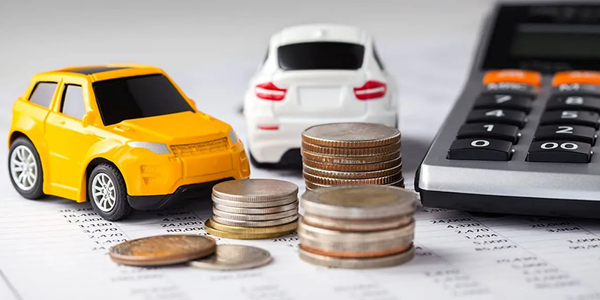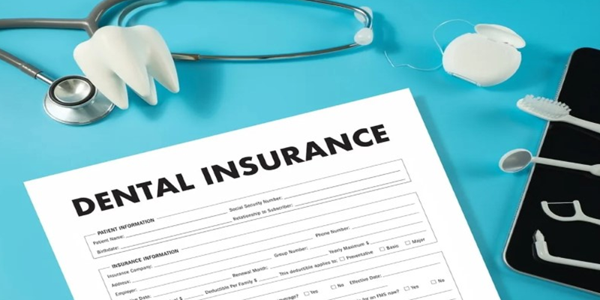Is Full Coverage Car Insurance Always Necessary?
Ever stare at your car insurance options and feel lost? The world of car insurance can be confusing, especially when you hear terms like "full coverage." It sounds important—maybe even essential. But is full coverage car insurance always the best choice? Or are you just paying more for peace of mind you might not even need?
Let's break it down. We'll examine what full coverage means, when it makes sense, and when you might be better off opting for a simpler plan.
Why Do People Choose Full Coverage?
Picture this: You just bought a shiny new car, fresh from the dealership. Would you want to risk driving around with only the basic minimum protection? Probably not.
Here’s why many drivers opt for full coverage:
You Have A New Or Valuable Car
If your car is worth a lot, it makes sense to protect that investment.
Your Car Is Financed Or Leased.
Most lenders require full coverage to make sure their investment is protected until you pay off the loan.
You Want Peace Of Mind.
Some people feel safer knowing almost any type of damage is covered.
But there's a catch. Complete coverage isn't cheap. According to recent industry data, the average annual cost of full coverage in the U.S. is approximately $1,700, while the average yearly cost of minimum coverage is around $600. That's a big difference.
Is Full Coverage Always Worth The Price?
Let's dig into the fundamental question: Is full coverage always necessary? The answer isn't a simple yes or no—it depends on your situation.
Here are a few things to consider:
How Much Is Your Car Worth?
If your car is brand new or still holds a high resale value, full coverage is usually worth it. But what if you’re driving an older model that’s seen better days?

Suppose your car is worth $2,500. You're paying $1,200 each year for full coverage. If you're in a crash and the vehicle is totalled, your insurer will likely write you a check for the car's current value minus your deductible. In this case, you could spend almost as much on insurance as your vehicle is worth. Does that make sense to you? Maybe not.
Can You Afford Repairs Or A Replacement Out-of-Pocket?
Another factor: your emergency fund. If your car were stolen or seriously damaged, would paying for repairs or a replacement put you in financial trouble? If so, full coverage could be a lifesaver. On the other hand, if you're comfortable with taking the risk and could handle the loss, you might save by downgrading your policy.
What’s The Risk Where You Live And Drive?
Not all drivers face the same level of risk. Living in a city with lots of accidents or a high rate of car theft? You should consider the extra protection. If you live in a quiet suburb and park in a garage, the risk is much lower.
Real example: Someone living in downtown Chicago or Los Angeles may have a different risk profile than someone in a rural town in Nebraska.
Are You Still Paying Off A Car Loan Or Lease?
If you have a car loan or lease, the lender almost always requires you to maintain full coverage until the loan is paid off. No real choice there. But once your car is yours outright, you get to make the decision.

When Does Full Coverage Make Less Sense?
Many drivers drop full coverage when their cars become older. Here are some scenarios when it might be time to reconsider:
Your Car’s Value Has Dropped Significantly
If the potential insurance payout is low, you might be wasting money on high premiums.
You’re A Low-Mileage Driver.
If you rarely use your car (think retirees or city dwellers who rely on public transit), the risk of an accident or damage is lower.
You’re Comfortable Taking On More Financial Risk
Some drivers prefer to take their chances and pocket the savings.
A good rule of thumb: If your annual full coverage premium is more than 10% of your car’s value, it’s time to do the math and see if it’s still worth it.
How To Decide What’s Right For You
Still unsure? Try this quick checklist:
- Check your car’s current market value (websites like Kelley Blue Book can help).
- Add up your annual full coverage premium and your deductible.
- Ask yourself: Could I easily afford to repair or replace my car without insurance?
- Consider where you drive, where you park, and the level of risk you're comfortable with.
Remember, there’s no “one size fits all.” What makes sense for a recent college grad with a new car might not work for someone driving an old family sedan.
Ways To Save On Car Insurance Without Sacrificing Protection
Love the idea of extra protection but hate the price tag? You’re not out of luck. Here are a few strategies:
Increase Your Deductible
You’ll pay more out of pocket if something happens, but your monthly payments will be lower.
Shop Around
Rates can vary widely between companies. Don’t be afraid to compare quotes every year.
Ask About Discounts
Good driver, bundled policies, or even low-mileage discounts can all add up.
Consider Dropping Optional Extras
Rental car reimbursement, roadside assistance, and other add-ons might not be necessary if you rarely need them.
Making The Choice That Fits Your Life
In the end, the right insurance coverage isn't about what's "normal"—it's about what works for you. Complete coverage is a smart move for many drivers, especially those with new or high-value cars, those in high-risk areas, or those with stringent lender requirements. However, it's not always necessary for everyone, especially as cars age and budgets become tighter.
Take a fresh look at your situation, run the numbers, and don’t be afraid to switch things up as your life changes. Your insurance should give you confidence, not a headache—or a hole in your wallet.







